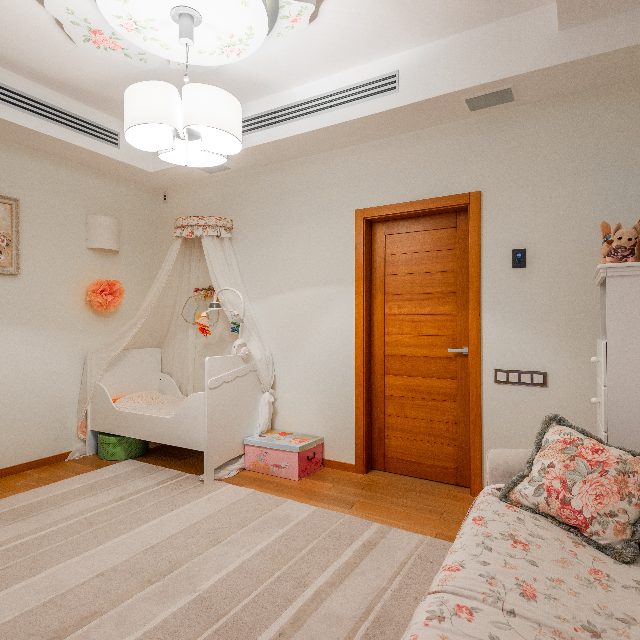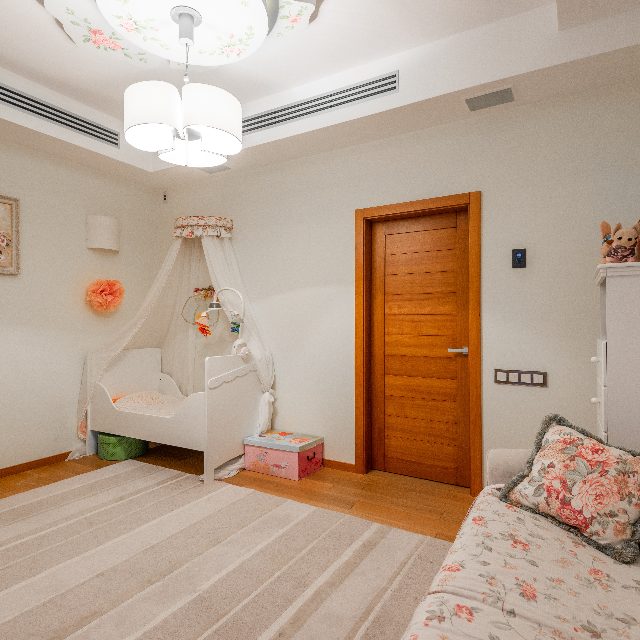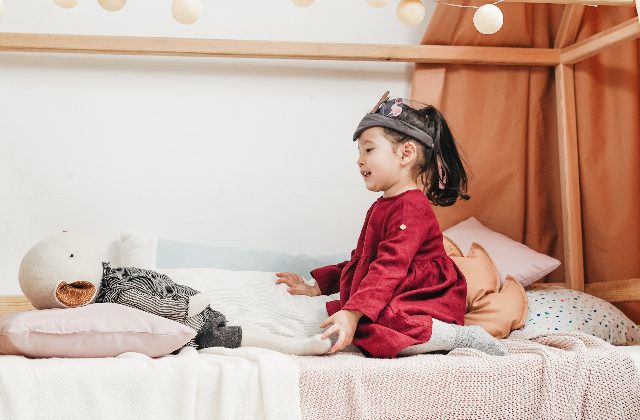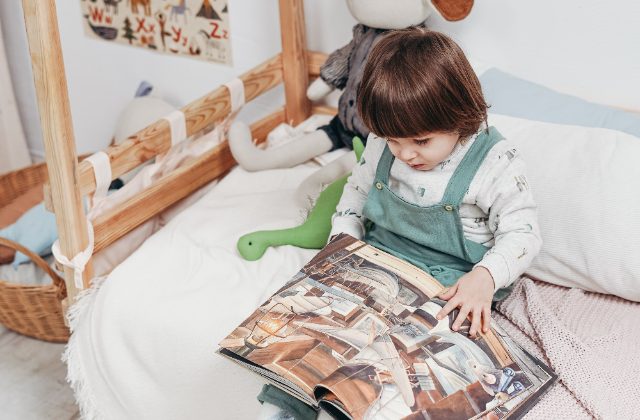
WHY IS THE TRANSITION TO TODDLER BED NOT GOING WELL – Transitioning to sleeping in a bed is just one of many exciting milestones that toddlers will encounter during their childhood. While you may find the transition from baby to big kid exciting, your toddler may not. A new bed brings with it new rules, new liberties, new bedtime and naptime routines, and possibly new fears
If a child is a content in a crib, there’s no reason to switch to a bed—just because your child is two, or even three, doesn’t mean it’s time to make the transition. It’s best to wait until your toddler is at least two years old before transitioning to a toddler bed (or twin bed), but the closer your child is to three, the better.
You do not want the transition to be difficult. It should be planned out. Even if your child climbs out of the crib, you are not required to move him or her to a bed right away.
Transition To Toddler Bed Not Going Well

As a general rule, parents should work very hard to transition their child from a crib to a toddler bed before they can climb out of their crib and potentially injure themselves.
Most toddlers can hop over the crib rail when they are 35 inches tall and between the ages of 18 and 24 months. Of course, some babies are highly agile and will attempt to escape sooner (at which point they should be moved to a bed). while some babies will not attempt to climb out at all.
If your toddler enjoys their crib and isn’t a climber, it’s fine to let them sleep there past the age of two, as long as you keep safety in mind.
other reasons why it may be time to transition your child to a toddler bed
Another child is on the way (or you are considering becoming pregnant)
Potty training
You want them to feel like big kids (it may be their 2nd birthday coming up)
They can doze off without you. This includes no patting, singing, rocking, or anything else on your part. You can place them in the crib while they are awake, and they will fall asleep.
Between 7 and 8 p.m., there is a consistent bedtime.
if they sleep at least 10.5 hours straight at night and take a 1 to 1.5-hour afternoon nap.
Making the Transition to a Toddler Bed Easier

You’ll need to plan the logistics before switching to a big-kid bed. Follow these pointers to keep your child happy.
Choosing the Best Toddler Bed
Some parents simply place their children’s crib mattresses on the floor to ease the transition. Others opt for a toddler bed, which is low to the ground and can fit an existing crib mattress. These can take the form of cars, castles, or other visually appealing shapes. Using a toddler bed is acceptable, but it is not required to keep children safe. To keep your toddler from falling out of a twin bed, you can always install a removable guardrail.
Allow your child to choose their sleeping accessories.
Allow your toddler some control and work together
To Navigate the situation. Allow them to dictate how quickly you introduce the bed if they aren’t routinely flinging themselves out of the crib.
Allow your child to assist you in selecting kid-friendly sheets,
pillowcases, comforters, and stuffed animals for whichever bed you choose. This can make transitioning to a “big kid” bed more appealing.
Create a bedtime routine.
It is beneficial, as with any time of transition, to establish a predictable routine. If you already have a bedtime routine, try to stick to it as much as possible. If you don’t already have one, start one as soon as possible before the big change so you have something comforting and consistent to fall back on when you make the switch.
You can also begin your child’s bedtime routine in their new bed with a story and a cuddle, then transition them to their crib when it’s time to sleep. When your child is struggling to adjust, any time they spend lying in their big kid’s bed is critical.
A regular bedtime routine can help a young child feel grounded. Toddlers are frequently ambivalent about growing up and leaving their babyhood behind; as a result, change can be difficult for them. However, once they master a new skill, whether it’s giving up diapers or a bottle or transitioning from a crib to a bed, they feel a great sense of pride and accomplishment.
Protect Your Home For Children.
Conduct a safety check in every room that your toddler has access to. Install gates at the top and bottom of the stairs, bolt bookshelves and televisions to the wall, and install safety latches on dresser drawers so they can’t pull them out and use them to climb.
Some experts even recommend putting up a gate or locking your child’s door, but keep in mind fire safety. You can also use a monitor or attach bells to the door to alert you when they leave the room.
Keep it Familiar
Consider how much your child depends on daily consistency. Toddlers thrive on routine, so when transitioning from a crib, keep everything else the same.
Keeping the bed in the same location as the crib, leaving the rest of the room alone, and always having stuffed animals on hand will help ease your toddler into the transition.
Take it a Step at a time
If you’re trying to transition to a bed, starting potty training at the same time might be a bad idea. Overburdening your child with too many new changes will make everything ten times more difficult.
During the transition, keep things calm and familiar and introduce new elements one at a time. Patience is a virtue here, so if you need a break, delegate responsibility for the night.
Expect Some Big Emotions
When switching to a toddler bed, be prepared for some intense emotions.
The first night in a toddler bed can be exciting, terrifying, or somewhere in the middle. Your toddler may express strong feelings about missing his crib. Allow your toddler to express his emotions and validate his feelings, but remember to remain calm as you discuss his concerns.
Parents, keep in mind that our children can read our emotions like a book, and their emotions feed off of ours. Take some time to process your feelings about the change, if necessary. We don’t want our toddlers to believe that moving into their toddler beds is not acceptable if we are also upset or stressed.
How Quickly Should You Make the Transition

It’s tempting to rush your toddler’s transition from crib to bed, especially if they’re escaping or you’re expecting another baby. Unfortunately, rushing is one of the most common errors.
Reduce the volume, take your time, and be extremely sensitive to your child’s distress. Stress and exhaustion can make it difficult to accept their opposition, which is understandable. But every time you lose your cool, you’re taking a step back.
Children can tell when something is forced and will resist it. Your frustration or desire for a quick transition will not help them settle their behavior. Instead, stay upbeat and relaxed.
The more your child sees this new adventure as safe and completely normal, the faster they will adjust. That may require you to spend some time in their room near the new bed for a week or two. It’s just one of those “mom things” we have to get used to.
Transition Issues For Children
Although not every toddler will have a meltdown when it’s time to sleep in the new bed, you may encounter some other issues.
They are resisting the bed
When you bring up the exciting prospect of a new bed, you may be met with a firm no.
Toddlers who resist from the start require more time to adjust. This is their way of rejecting change, which could be due to fear or a misunderstanding of why the change is necessary.
You may even encounter resistance via multiple channels. Continue to discuss the change with your child, read some books to help your child understand the process, and take it slowly.
Leaving the Bed
If you put your child to bed safely and happily one night, you might get a rude awakening the next morning. Alternatively, in the middle of the night Alternatively, several times throughout the evening
Some toddlers see their bed as a new challenge to overcome rather than a frightening change to fear. They tolerate the bed to some extent but will not stay in it for long. This behavior could be the result of confusion or pure curiosity.
Many children associate sleeping with their crib, so they may not initially associate sleeping with their new bed. You may find yourself walking them back to bed several times at night.
Waking Up In The Middle Of The Night
If your toddler wakes up in the middle of the night, their anxiety about their new bed may impair their ability to fall asleep, stay asleep, or self-soothe. A strange new environment can be startling to a half-awake child, so they may come in and wake you up at any time during this transition.
Recent changes in sleep setting or move to a new home
Even if the initial transition to a toddler bed was smooth, we frequently see a shift in acceptance of the new bed when a family moves to a new home. Toddlers may feel insecure while sleeping because they are in an unfamiliar environment.
We also see regression after family vacations that include a hotel stay or a shared-room sleeping arrangement in a friend’s or family member’s home. This regression may take several weeks of encouragement to resolve.
In Conclusion
Expect a difficult transition to a toddler bed.
Your child may cry and demand the return of their crib. Maintain a positive attitude and anticipate that it will take them a month or two to adjust to their new surroundings. Their newfound freedom may also lead to numerous excursions. (You put your child to bed, and they emerge; they come out when you put them back in bed.) Simply return them to their beds and exit the room as quickly as possible.
It’s a good idea to keep the crib because they might not be ready for a big bed yet. If necessary, a brief return to it is not a problem. Toddlers grow up quickly, and your child could be ready in a month or two. Be patient, and don’t rush through this crucial transition.
Leave a Reply
You must be logged in to post a comment.